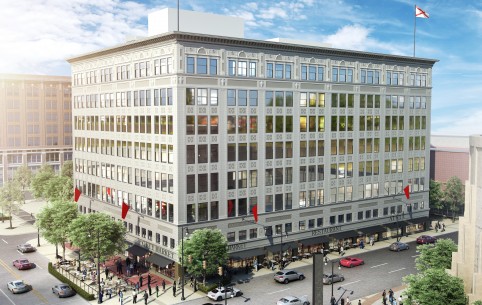Twenty million dollars. That’s how much Alabama would award each year in historic tax credits with the latest bill under consideration. There are two versions: One in the House and one in Senate. Some have concerns over how the Senate proposes to divide the money statewide, and the potential effect on Civil Rights landmarks. Virginia Martin wrote about the tax credits for the non-profit news site BirminghamWatch. And she tells WBHM’s Gigi Douban what’s new in this version of the bill.
The Highlights
The state’s historic tax credit program helped make old buildings new again by providing financing many developers said was crucial. The historic preservation tax credit expired in 2016 after a three-year run. Commercial projects were eligible for up to $5 million in credits under the program that lapsed.
There’s strong support in the legislature to revive the historic tax credits program, with a few key changes:
A new committee, the Historic Tax Credit Evaluating Committee, would decide which historic renovation projects will receive tax credits. This used to be decided by the Alabama Historical Commission.
The state’s $20 million tax credit money would be divided among Alabama’s seven congressional districts. If they’re not claimed in three months, the money returns to the big pot. That’s an amendment proposed by the Senate.
Birmingham and Mobile benefitted the most from the state’s historic tax credits. Twenty of 51 historic tax credit projects were in Birmingham, including the Florentine Building, the Thomas Jefferson Hotel, and the Pizitz Food Hall.
How old a building needs to be to qualify for credits is at issue with one proposed change to the legislation. The Senate wants to increase the age requirement so that a building must be at least 75 years old to receive the tax credits; the previous bill and national guidelines have a 50-year rule. The change would mean buildings with historic significance tied to the Civil Rights era aren’t old enough to qualify for historic tax credits.

